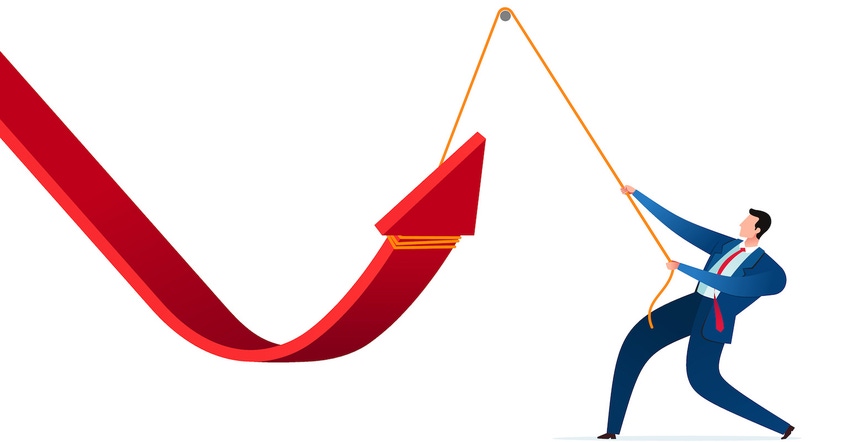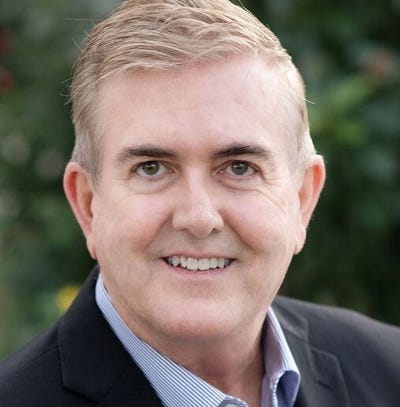We’re not where we were before the pandemic, but it does look like the beginning of the V-shaped recovery that the plastics industry and the United States in general were hoping to see.
November 2, 2020

The US Bureau of Economic Analysis recently reported that Q3 GDP increased 33.1%, following a coronavirus-driven decline of 31.4% in Q2. (The quarterly changes are reported as if they were sustained for a full year.) If you do the math, this does not mean we are back to where we were before the pandemic, but it does look like the beginning of the V-shaped bounce back that the plastics industry and the United States in general were hoping to see. Much more work needs to be done, but this does seem to move the needle closer to the optimistic scenario.
Not as widely reported, because it was overshadowed by the GDP numbers, was that initial jobless claims fell to their lowest level since the pandemic hit in March. They remain historically high, but the trend is moving in the right direction.
Another indicator that we watch very closely is the Institute for Supply Management’s Purchasing Managers Index (PMI). A reading above 50 indicates expansion, and the PMI released this morning came in at 59.3, the sixth consecutive month over 50 and also the highest since September 2018. Again, a positive trend that we will continue to monitor.
There is reason for optimism based on these numbers, but also reason for caution and further action.
Many believe that more stimulus is needed to bridge the gap until we have a coronavirus vaccine and more industries are able to normalize business activities. Whether you are reading this before or after the election, this is — and should be — an economic issue, not a political one. While the Q3 numbers are encouraging, we are still not back to pre-pandemic levels.
Eric Winograd, Senior Economist at AllianceBernstein, said: “There’s still a lot of work to do here and the pace of improvement . . . is going to slow. The stimulus programs that provided much of the economic lift last quarter have expired or are expiring.”
The plastics industry has demonstrated to the American public that it is a vital industry for our economy, but also for our health and welfare. We need to continue to build our image, bring jobs back into the country, and build the infrastructure needed to make our industry circular and sustainable.
 About the author
About the author
Paul Sturgeon is CEO of KLA Industries, a national search firm specializing in plastics, packaging, and polymer technology. If you have a topic you would like to see discussed, a company that is growing, or other ideas for this blog, e-mail Sturgeon at [email protected].
About the Author(s)
You May Also Like




